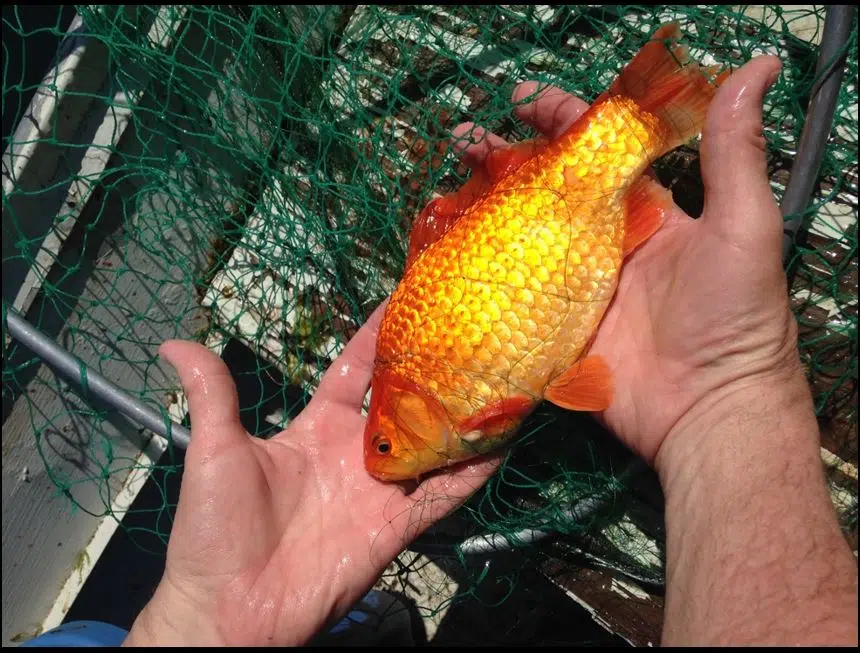
Goldfish threatening native fish species in B.C. Interior
KAMLOOPS — The Invasive Species Council of BC is reminding pet owners to be responsible when their animals are no longer wanted.
Exotic animals such as Koi carp, the European rabbit, and the American Bullfrog are considered invasive when released into the wild. One species that is especially damaging is goldfish.
While they make excellent pets, goldfish threaten native eco-systems when introduced into B.C. lakes.


